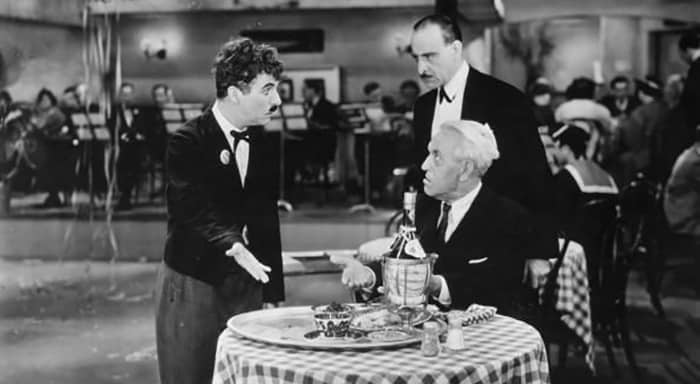I grew up in the restaurant industry. My father had a small inn, 20 rooms in total, along with a fine dining restaurant on a small island in the Chesapeake. It’s cliché, but true…the restaurant industry is in my blood. For the better part of three decades I have either been a waiter, busser, host, manager, bartender or General Manager (or Senior Associate at a swanky foodservice consultancy, 😉 ). Over those years, I have worked with some of the most wonderfully endearing folks that I’ve ever come across and I’m dear friends with many of them to this day; however, some people just don’t seem to fit with the foodservice industry.
Let’s face it, whether you are a cashier in a fast food restaurant or a district manager overseeing multiple world class museums, you will frequently find situations come up where you must humble yourself to some very unpleasant people. It’s not the best part of the job, but we all know it’s part of it.
As a manager, customer service training was always one of the most difficult, costly and time consuming aspects of the job. For many institutional foodservice positions where wages are relatively low and tips are not prevalent, staying fully staffed is an infrequent luxury, so it is rare that an operator has the option of holding out for service staff with naturally effervescent personalities who can stay cheery in the face of King Joffrey complaining that there’s something in his food. The vast majority of people don’t have that skill and if someone gets unreasonably upset with them, they will react in what would be considered a perfectly understandable manor in any other circumstance.
So, how can you change your employee’s personality so that they are less likely to react negatively in these situations? You can’t. The Geneva Convention won’t let you. It may seem obvious, but many very competent operators spend an inordinate amount of time telling their employees to “Smile more! Act happier! Be friendlier!”, s though the problem was that they just hadn’t thought of that yet. Though these tactics might show some short term success, eventually employees revert to their natural state.
In recent years, GM’s have become responsible for “creating a positive work environment”, which is absolutely important, but if you are walking into an existing business that already has a less than positive atmosphere, turning that around can take years of painstaking work. What can you do to make a difference right now?
Plenty. The key is less about focusing on the employee and more about focusing on the customer experience. A good leader needs to be able to identify points of service and policy that could create tension between customers and service staff and eliminate them. If customers have to wait in long lines, they will be in a bad mood when they finally get to the front. They will most likely take out their frustration on your service staff, who will get worn down after badgering about a situation that they have little control over. The problem isn’t the grumpy customer or the grumpy employee…it’s the line. Why does it take so long to get through? Does the menu need to be reduced? Is there too much customization at the station? Too many decisions for each customer to make?
The price of creamer goes up. An operator decides to charge 15 cents per single creamer to recoup the cost. The customer is flustered because he has never had to pay for a creamer before. The cashier is flustered because she has to deal with this situation over and over again, every day. Is the 15 cent creamer really worth the loss of business? The employee turnover? Couldn’t that added cost just be folded into the overall coffee pricing so that the customer doesn’t feel nickel and dimed?
Your restaurant has run out of a couple of wines on the wine list, but most of them are correct, so you tell the wait staff what has run out and consider the situation dealt with. Inevitably, those wines are ordered at some point and the waiter is forced to tell the customer, “I’m sorry, we are actually out of that one tonight”. Perhaps the waiter should have initially come to the table and told their guests that some of the wines were not available, but why were they put in that position to begin with?
Managers get busy, they have to deal with countless problems every day and they often have to prioritize which ones are dealt with first, but many, many negative customer service situations come out of these types of situations. In all of these scenarios, the employee was placed in the line of fire to fix a problem that should have been dealt with before service started. Those employees who are customer service super stars will be able to deftly parry these attacks for a while but, eventually, even they will succumb.
What’s the best way to identify these little seeds of tension? Ask your frontline staff. They know and they will be more than willing to vocalize them to you. Don’t just ask them what the problems are, ask them for a solution and if you can delegate the implementation of that solution to them, all the better. You have not only addressed the point of tension between the customer and staff, but you have made your employee integrally involved in solving the problem which gives them ownership of that solution’s success.
Most human’s don’t like to be yelled at or condescended to, especially if they aren’t responsible for the problem. Trying to train perfectly reasonable people to react in an unreasonable way is a losing battle. Much larger and more expeditious dividends will be paid if instead, you focus on eliminating the confrontation before it starts.

